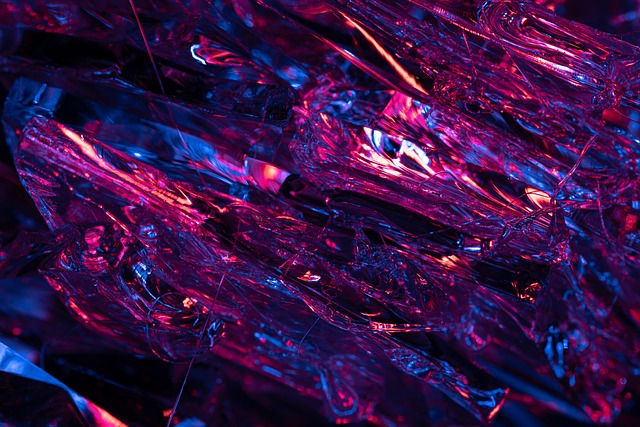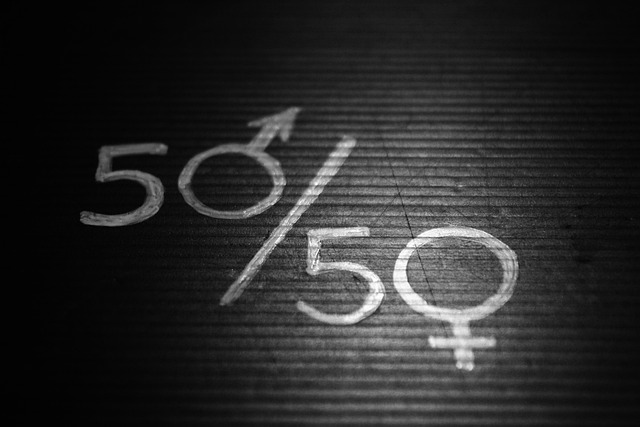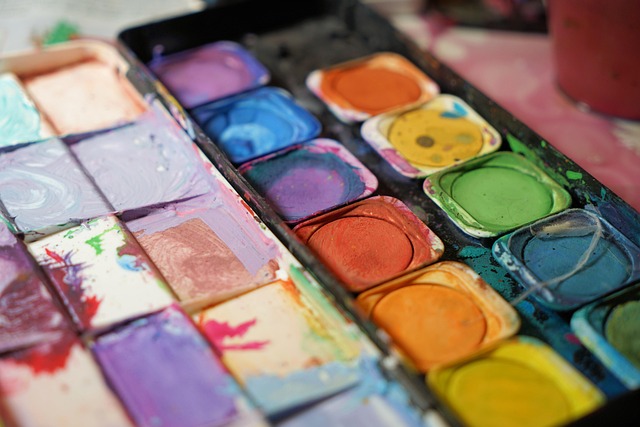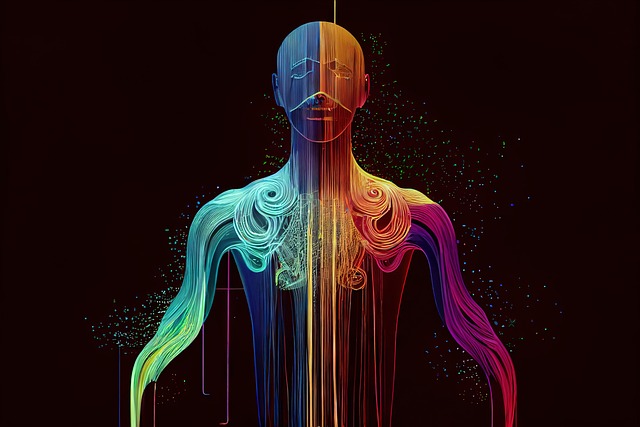The Fusion of Art and Design: Exploring Futurist Art in Graphics
In a world saturated with visual stimuli, the fusion of art and design has never been more apparent. The emergence of futurist art within the realm of graphics presents an exciting landscape that challenges our perceptions and invites us to imagine what lies ahead.
Futurist art, with its dynamic forms and vibrant colors, serves as a bridge between the traditional and the contemporary. It breaks away from conventional norms, encouraging observers to engage with their surroundings in new and innovative ways. This movement, born in the early 20th century, sought to celebrate the machine age and all its possibilities, echoing sentiments that still resonate in today’s graphic design.
The essence of futurist art is its ability to reflect the fast-paced, ever-evolving nature of our digital world. Graphic designers draw inspiration from the fluid movement and energy that characterize this genre. The idea of speed, motion, and the beauty of technology manifest themselves in the bold typography, asymmetrical layouts, and intricate patterns that define modern graphics.
Art as Design Language
Art has long been a powerful vehicle for expression, while design provides the structure needed to communicate effectively. When futurist art enters the graphic design conversation, it creates a language that resonates with an audience hungry for originality and engagement. By incorporating elements such as geometric shapes and vivid color palettes, designers can evoke emotions that are often complex yet universally understood.
This synergy between art and design is particularly vital in the digital age. In an era where visuals dominate social media and online content, futurist art helps shape narratives that captivate and inspire. Marketers and creators alike are embracing this style to convey messages that challenge the status quo, seeking to connect more deeply with their audience.
Visual Storytelling and the Future
The trends inspired by futurist art in graphics are not solely aesthetic; they also serve a functional purpose. By utilizing visual storytelling techniques, designers can create immersive experiences that lead viewers through a narrative journey. The interplay between color, form, and texture invites audiences to be participants rather than mere observers.
As we move further into a technology-driven future, the potential for futurist art in graphics seems limitless. Advances in digital tools and mediums provide artists with unprecedented ways to explore their creativity. Virtual reality, augmented reality, and interactive installations are just a few avenues through which futurist art can evolve and find its place in contemporary graphic design.
An Invitation to Explore
Ultimately, engaging with futurist art within the context of graphics is an invitation to escape the ordinary. It encourages us to embrace innovation and creativity, challenging us to envision the unimagined. As art and design continue to intertwine, the exploration of these concepts will undoubtedly inspire a generation of creators who are unafraid to think outside the box.
So, whether you’re a designer, an artist, or simply an enthusiast of visual culture, allow yourself to be inspired by the fusion of art and design. The future is brighter when we embrace the limitless possibilities that futurist art has to offer.




